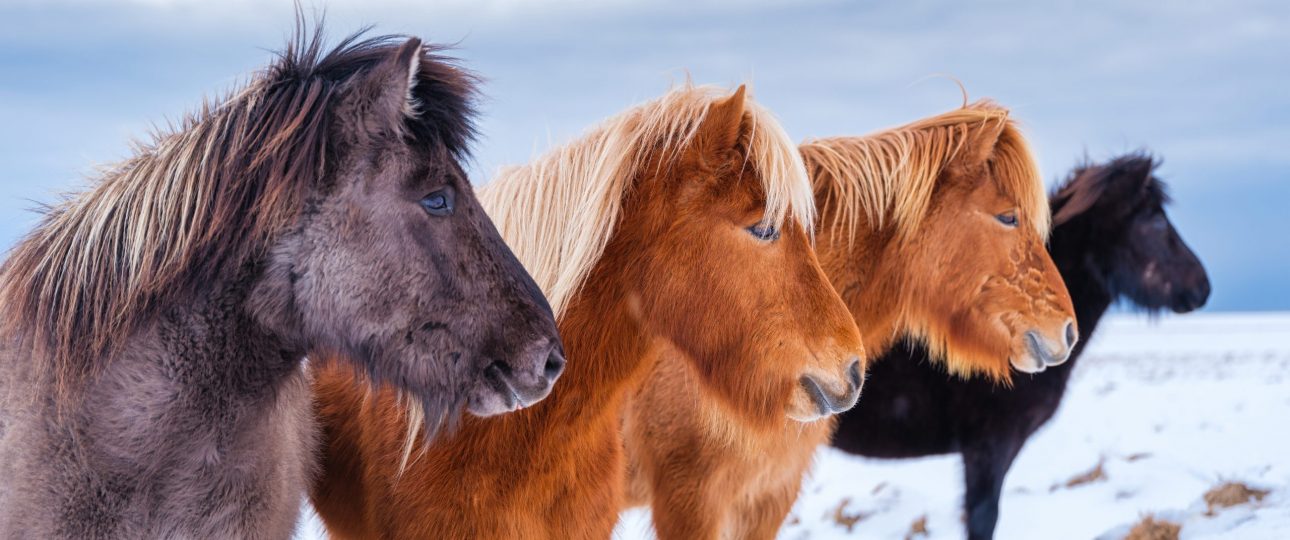The Icelandic Horse: A Unique Breed
Icelandic horses are a distinct breed, shaped by over a thousand years of isolation on the island. These horses are well-suited to Iceland’s challenging climate and rugged terrain. Their compact size, typically standing between 13 to 14 hands, belies their strength and agility. The thick double coat, available in various colors, provides protection against Iceland’s harsh weather conditions.
Unique Gaits
Icelandic horses are renowned for their unique gaits, particularly the “tölt” and “flying pace.” The tölt is a smooth, four-beat gait that allows riders to travel long distances comfortably. The flying pace, a faster two-beat gait, can reach speeds of up to 30 miles per hour, showcasing the horse’s impressive agility.
Cultural Significance
These horses have been integral to Icelandic culture since the Vikings brought them to the island in the 9th and 10th centuries. Historically, they were essential for transportation and farming. Today, they are cherished companions and a source of national pride. Icelandic horses are celebrated in events like the annual “Landsmót,” a gathering of horse enthusiasts from across the country.
Experiencing Icelandic Horses
For those interested in experiencing Icelandic horses firsthand, there are several options available:
Horseback Riding Tours
Horseback riding tours offer a unique way to explore Iceland’s landscapes, from lava fields to black sand beaches. Tours cater to all skill levels, providing an opportunity to enjoy the company of these gentle animals while taking in the stunning scenery.
Visiting Horse Farms
Visiting horse farms allows for a deeper understanding of Icelandic horses. Many farms offer guided tours where visitors can learn about the breed’s history and breeding practices. Interacting with the horses and possibly taking a ride provides a memorable experience.
Equestrian Shows
For a more passive experience, equestrian shows highlight the beauty and skills of Icelandic horses. These events often feature demonstrations of the horses’ unique gaits and other impressive abilities, offering a captivating spectacle.
Practical Tips for Visiting Iceland
Planning a trip to Iceland? Here are some practical tips to enhance your visit:
Best Time to Visit
The ideal time to visit Iceland is during the summer months, from June to August. The weather is milder, and the extended daylight hours allow for more exploration. However, be prepared for crowds, as this is the peak tourist season.
Getting to Iceland
Iceland is accessible by air, with Keflavík International Airport serving as the main entry point. Located about 40 minutes from Reykjavik, the capital, the airport is well-connected to major cities worldwide.
Local Transportation
Renting a car is the most convenient way to explore Iceland, allowing access to remote areas where Icelandic horses are often found. The road network is well-maintained, but be prepared for varying weather conditions. Alternatively, organized tours with transportation are available.
Whether you’re drawn by the unique gaits of the Icelandic horse or the breathtaking landscapes, Iceland offers a rich experience for travelers. Just remember to pack accordingly and plan for the weather, as Iceland’s climate can be unpredictable.




